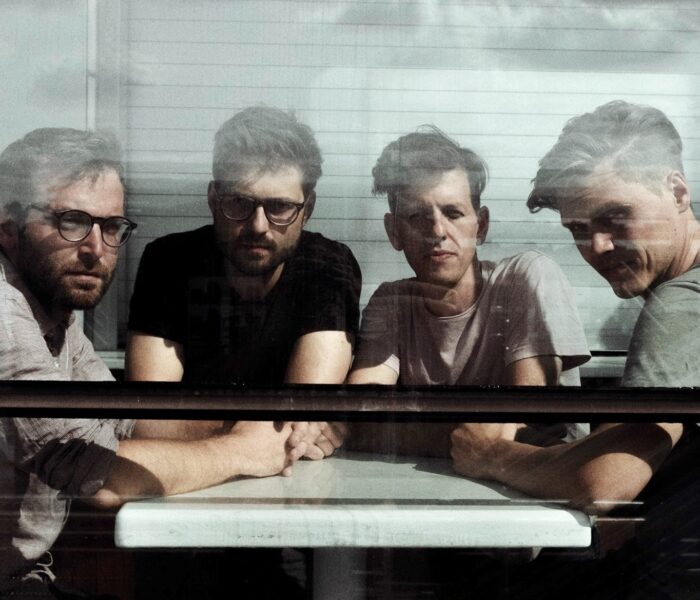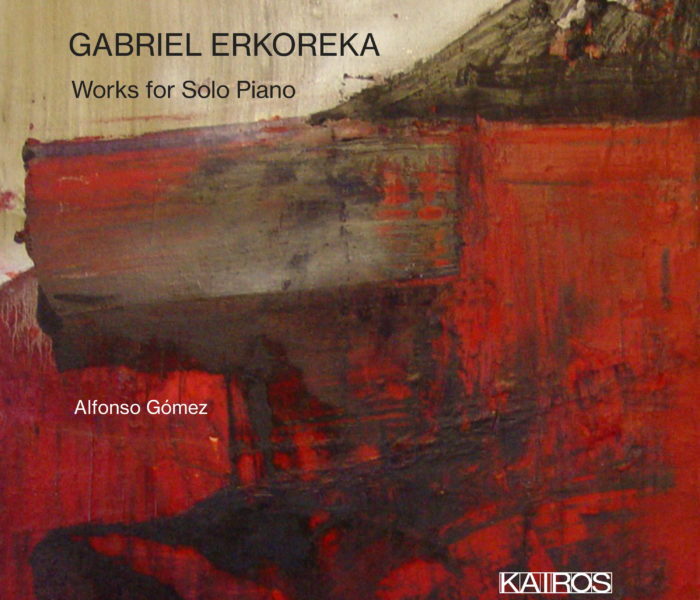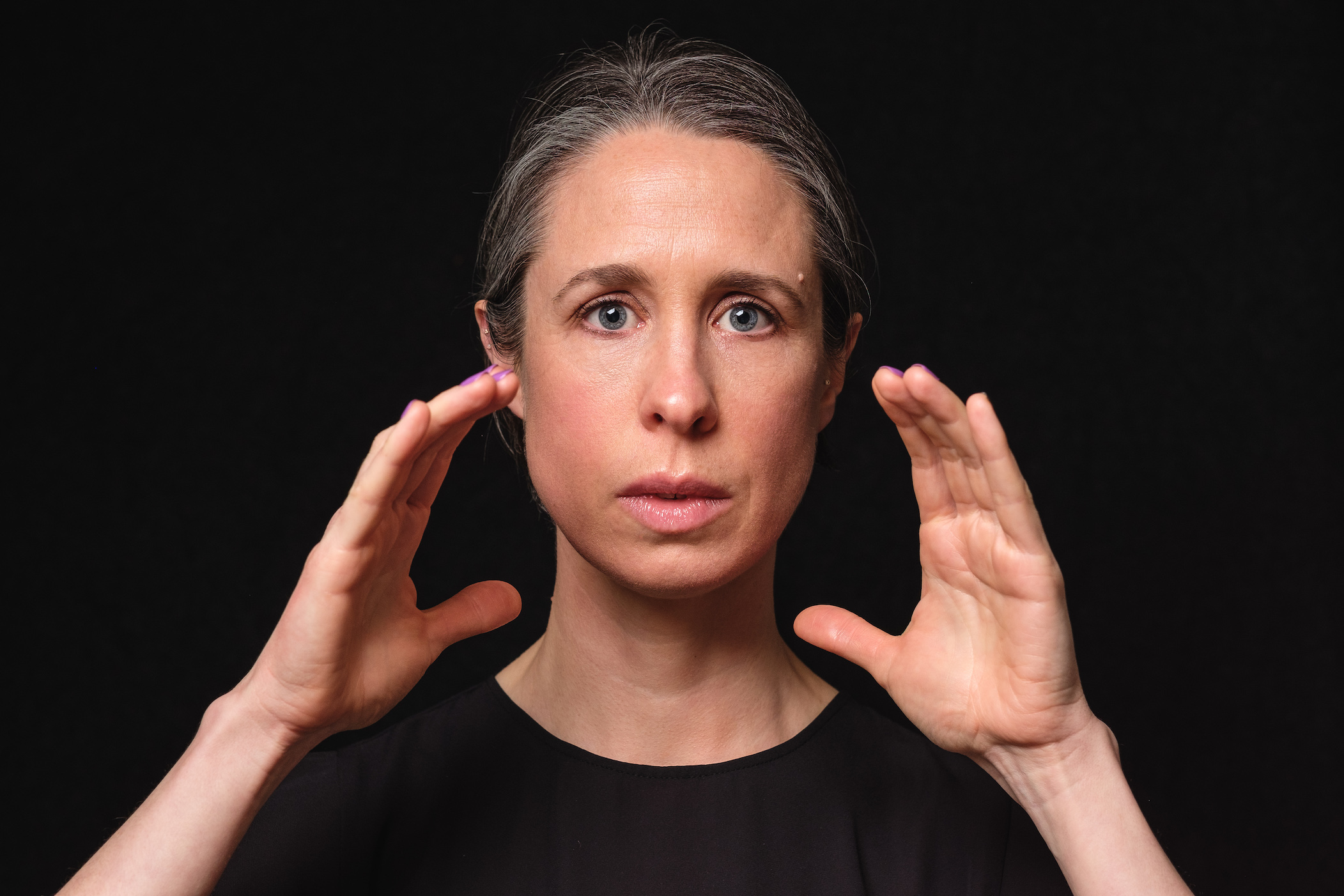Clara Iannotta explique composer de manière obsessionnelle, creuser jusqu’à l’absurde un petit détail qui l’interpelle, généralement une imperfection, qu’elle s’entête à exprimer de la manière la plus complète possible. Elle affirme que son écriture lui permet de sonder son moi profond et de partir à la découverte de lieux inconnus qu’elle n’est en réalité pas toujours prête à révéler. Ses œuvres fourmillent d’une richesse sonore à couper le souffle, qu’elle obtient de jeux instrumentaux étendus et par l’utilisation de nombreux objets périphériques, affirmant que sa musique se donne à voir comme à entendre. Si l’auditeur y est privé du spectacle des musiciens en action, ce magnifique CD monographique reste une expérience d’écoute fascinante.
MOULT (2018-2019) pour orchestre de chambre, l’œuvre qui donne son nom au disque, interprétée par le WDR Sinfonieorchestrer sous la baguette de Michael Wenderberg, est un long continuum sonore qui évoque le processus d’une mue, débutant tout en soupirs, chuintements, caresses, grincements, pincements, tintillements, frottements, raclements et griffures. Après un instant de focalisation sur l’ostinato d’une note aigüe de piano, plusieurs explosions témoignent à la fois de la violence de la transformation et de la fragilité qui en découle. Plusieurs autres phases se succèdent, ponctuées de chocs soudains, sans qu’à aucun moment le son ne s’éteigne, entretenu par une écriture ciselée, organique et virtuose.
paw-marks in wet cement (ii) (2015-2018), pour piano, deux percussions et orchestre amplifié, est interprété par Wilhem Latchoumia et L’Instant Donné sous la direction d’Aurélien Azan-Zielinski. Inspirée par l’œuvre de la poétesse irlandaise Dorothy Molloy, la composition (« Des pas dans le ciment frais ») est comme une invention de la musique, depuis l’impulsion d’un mouvement originel jusqu’au tournoiement continu des matières. Dans un deuxième temps, le piano insinue des ponctuations rythmiques qui sont amplifiées en résonance par les textures orchestrales granulaires, dans un dialogue concertant.
Clara Iannotta évoque l’image d’une pièce remplie de poussière pour Troglodyte Angels Clanck By (2015), dans laquelle le regard, d’abord perdu, s’habitue progressivement à distinguer les matières et les luminosités. De fait, ce morceau pour ensemble amplifié dont le titre est également inspiré de Dorothy Molloy, joué par le Klangforum Wien dirigé par Enno Poppe, présente plusieurs phase très diversifiées : une pluie scintillante de sons percussifs, des résonances minérales suivies d’un fourmillement chaotique traversé de cris. Il semble que l’on pénètre alors au cœur de la pierre pour en capter la résonance intérieure apaisante.


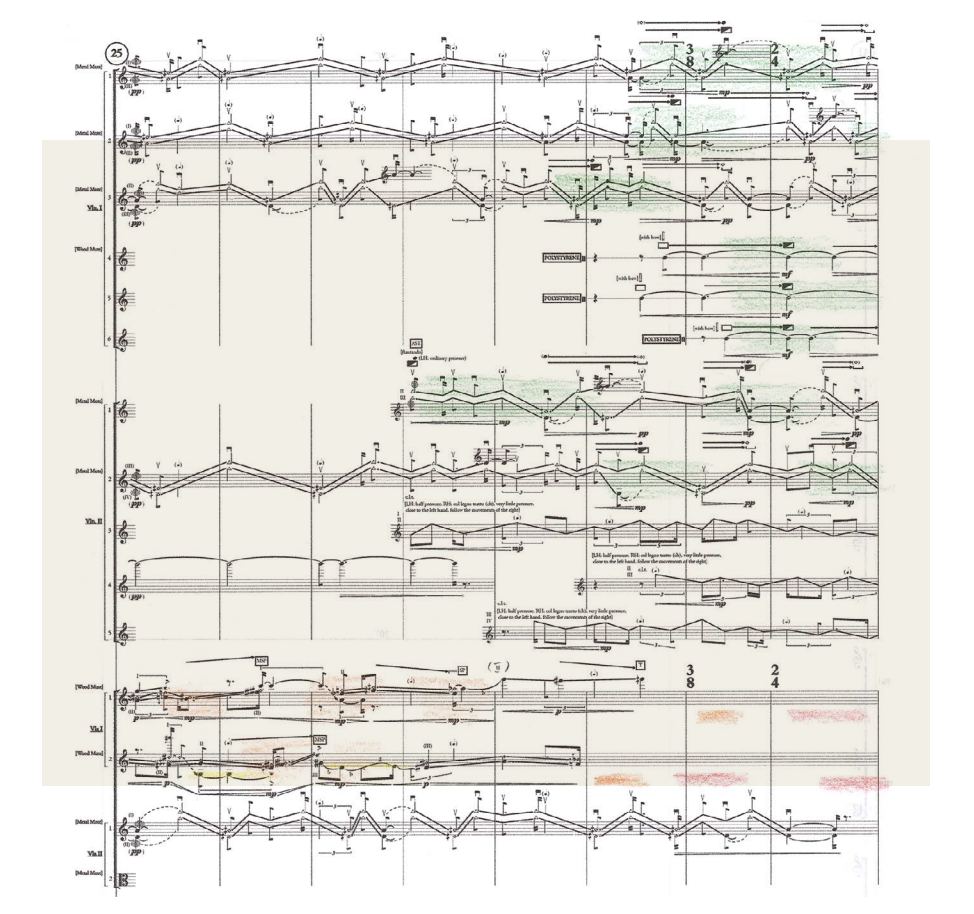
Est-il vraiment nécessaire de savoir que la compositrice part de la « Courante » et du « Double » de la Partita n°1 pour violon seul de Jean-Sébastien Bach pour déployer son écriture pour orchestre à cordes dans dead wasps in the jam-jar (ii) (2016) ? Cette œuvre, interprétée par le Münchener Kammerorchester sous la conduite de Clemens Schuldt, toute de murmures, donne une fois encore l’idée d’une plongée en eaux profondes, dans la spéléologie d’un soupir exploré sous toutes ses phases, y compris les plus violentes, et dans les miroitements d’un monde sous-marin fabuleux. S’achevant sur les craquements, les grondements sourd puis les grincements aigus d’un mécanisme rouillé, la musique peine à s’éteindre, et l’émotion ne nous quitte plus.
La jungle sonore de Clara Iannotta s’impose à l’auditeur comme une écoute-univers, une expérience englobante où la temporalité, l’espace et les matières ouvrent à un voyage introspectif auquel il est difficile de résister.
Guillaume Kosmicki



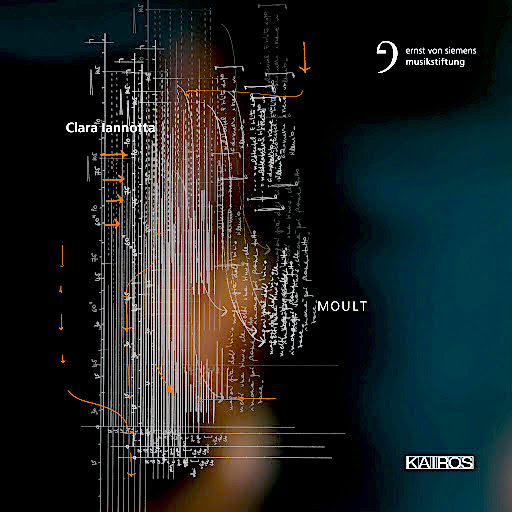)

